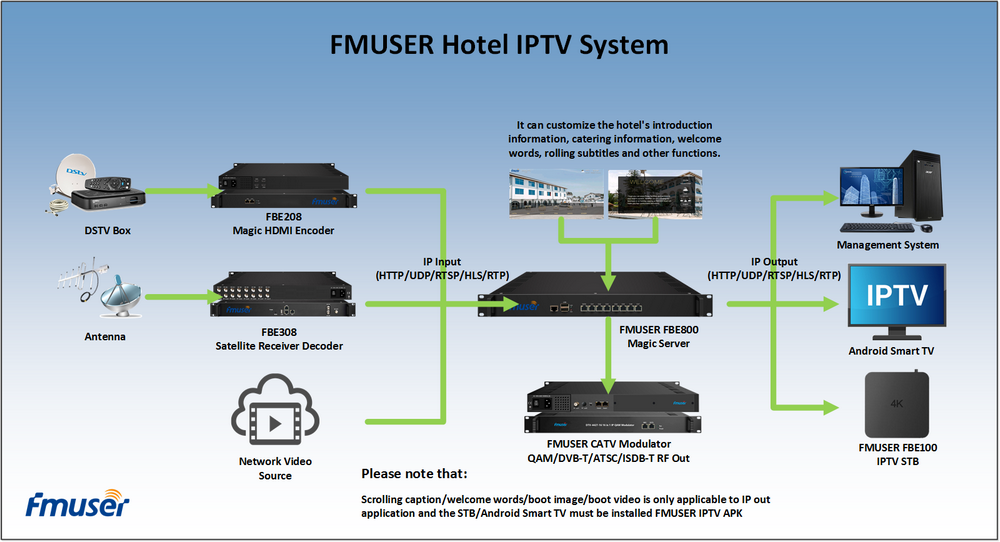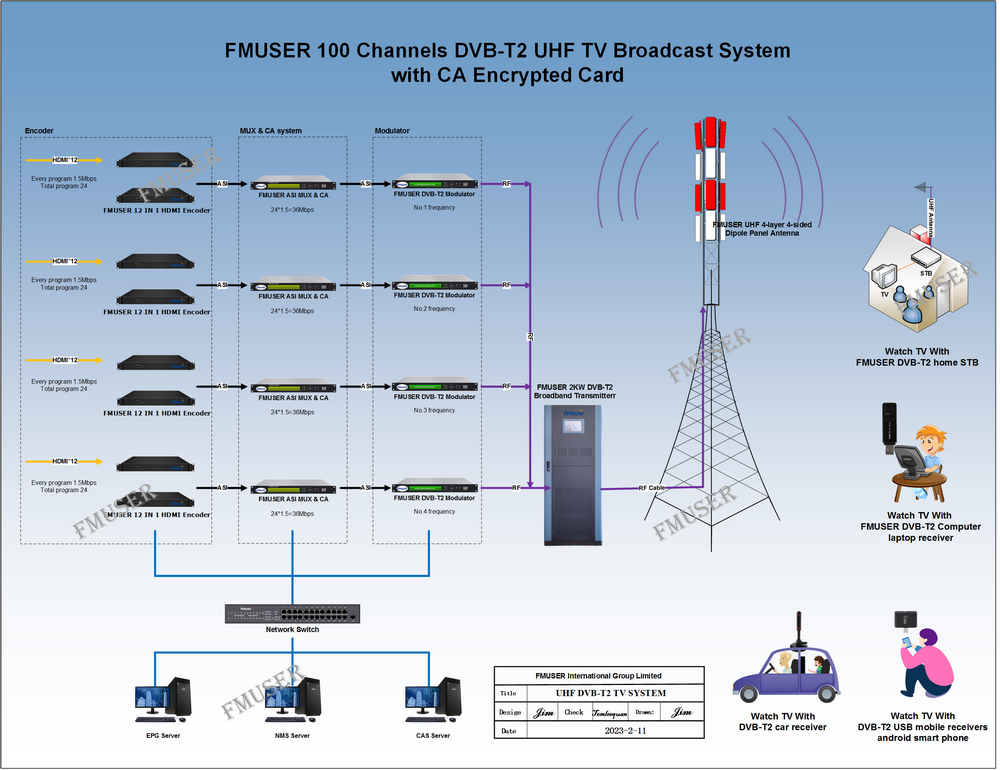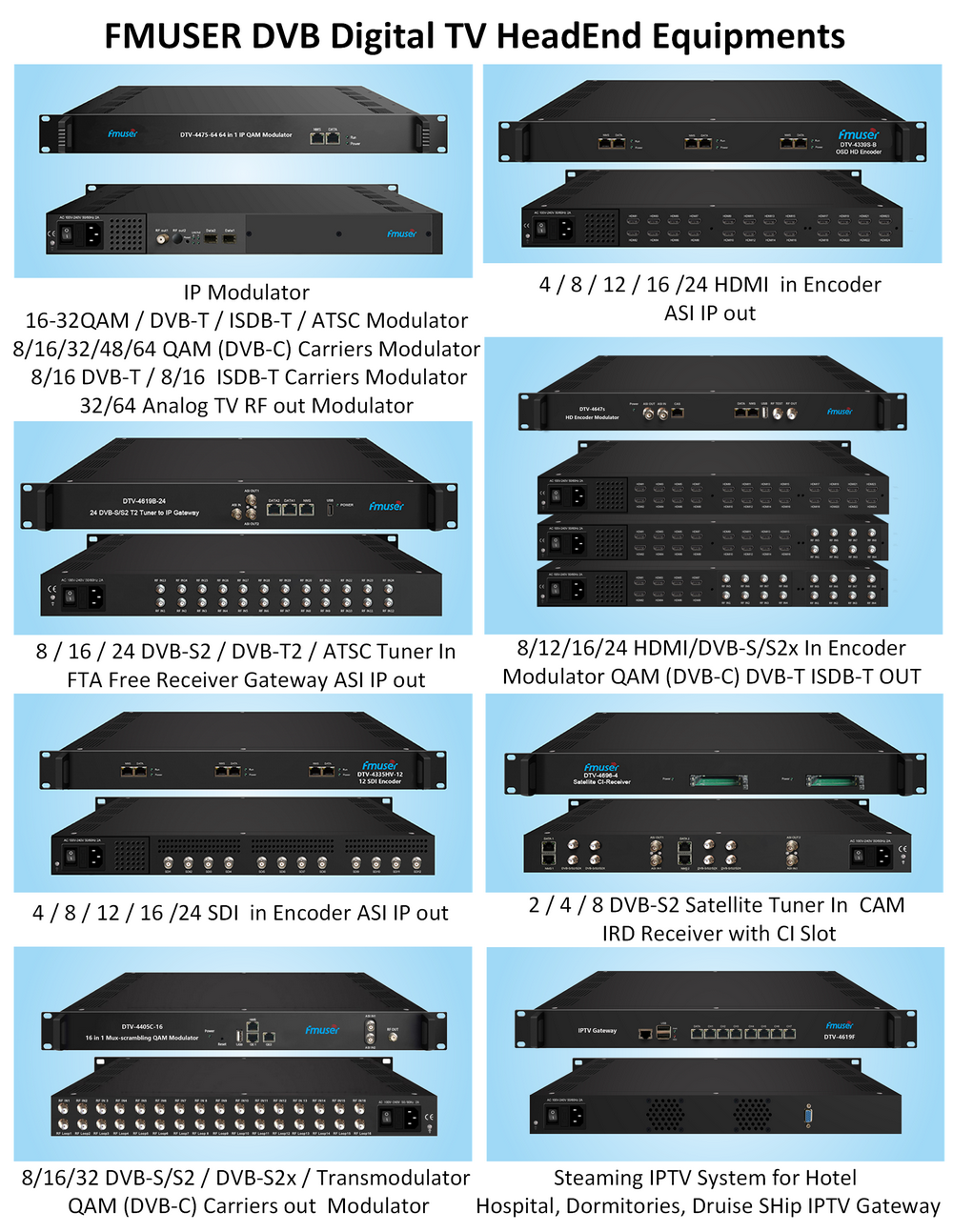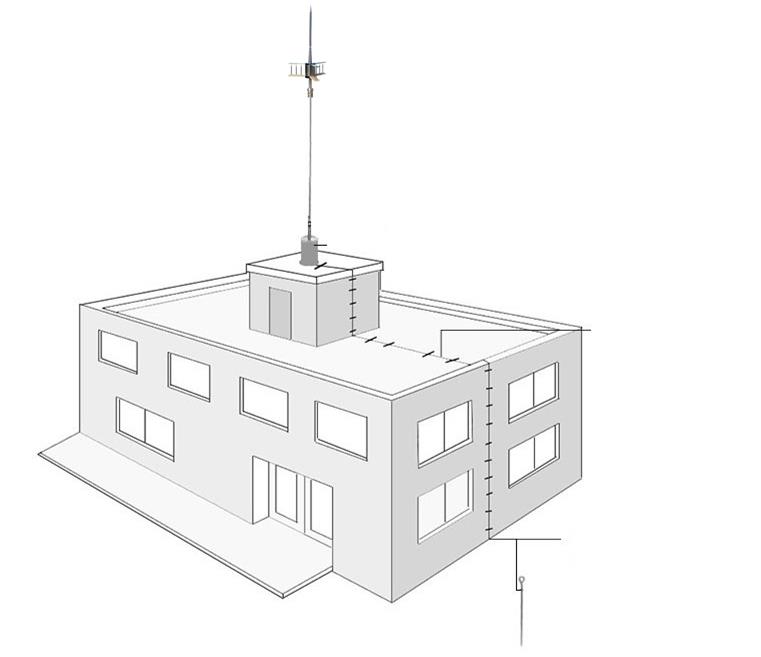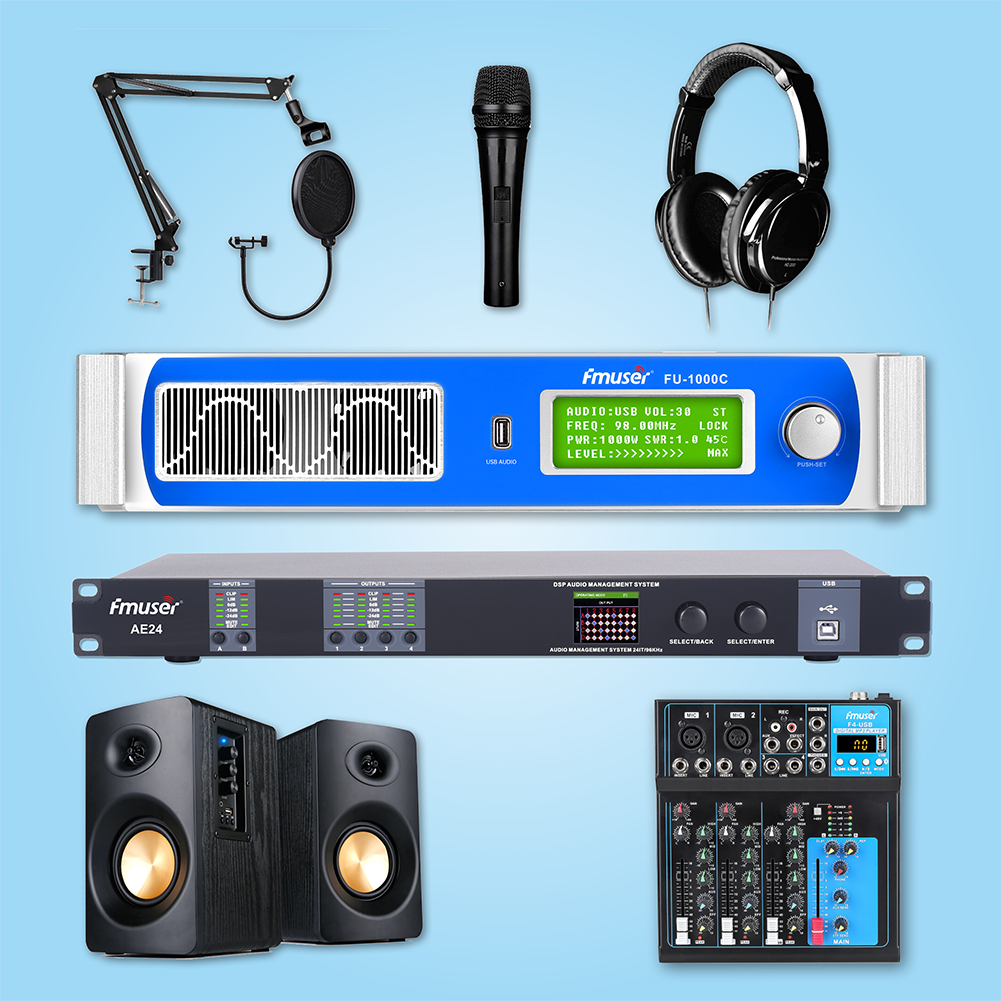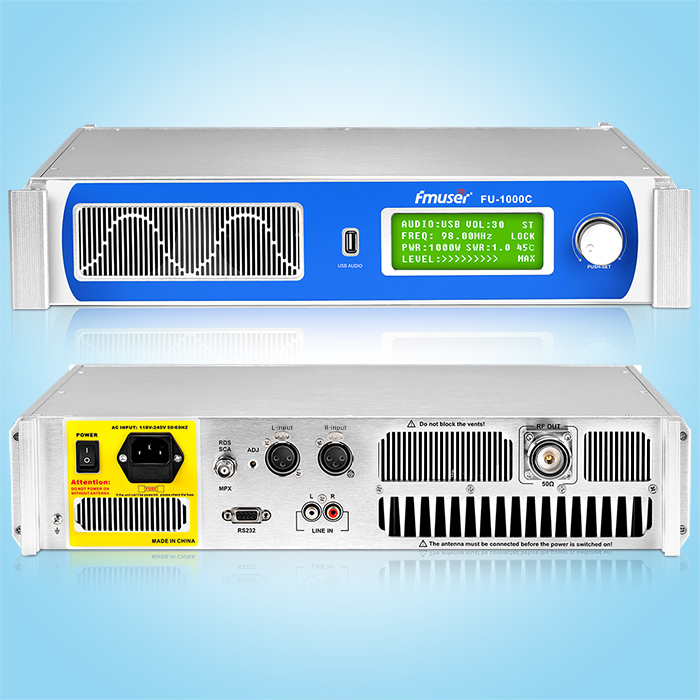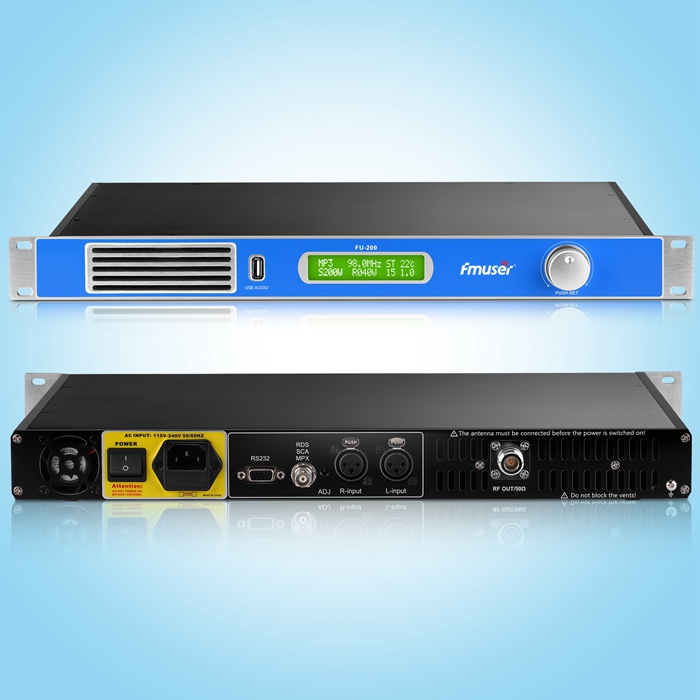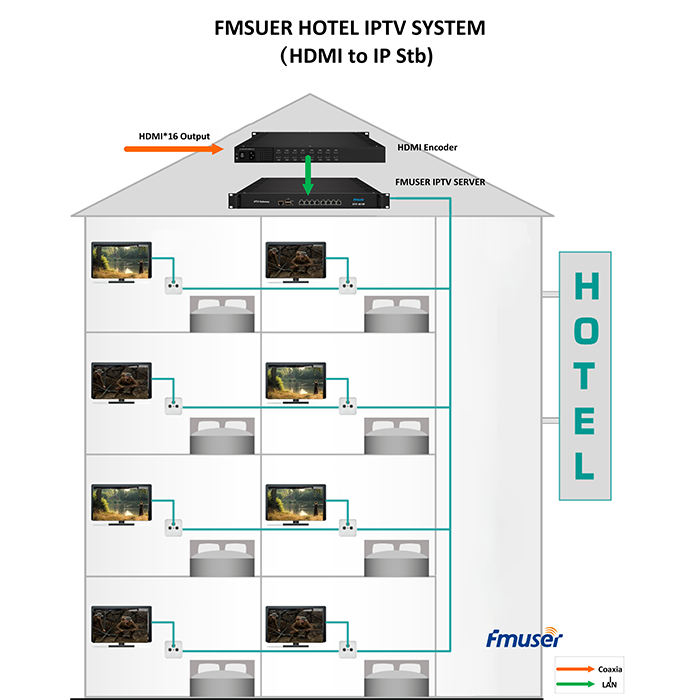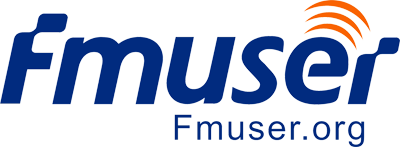"Although we all like performance burst table, feature-rich development board, but for this type of development board, also means not cheap, especially for some students party, it really is the so-called" only a distance not fondle Yan. "but for" across the mountains and the sea, also traveled through a sea of people, "the old driver engineers, the beauty of the development board is not that strong performance and functional surfaces see, and that can be used in the actual product application the minimum functional performance (consideration) reaches the same excellent effect analogy, if a programmer to achieve the same function, the code used is smaller, the well can reflect their own logic, the high level based on this idea, the paper got several "petite" development boards already exist or are currently on the market to be on sale, very "interesting", I hope you like it.
Tomu, only a quarter of the size of the Raspberry Pi Zero
Tomu do not look small, but it is indeed using the ARM architecture microcontroller and supports USB 2.0 FS, even more surprising is that it actually uses USB Type-A interface with a computer connection is a USB port for programmable computer.
Tomu has two buttons and two programmable programmable LED, can be used for DIY similar devices or USB Dongle U2F security Token based products.
Tomu board resources:
CPU: Silicon Happy Gecko MCU EFM32HG309
Speed: 25 MHz ARM Cortex-M0 +
RAM: 8KB
Memory: 64KB Flash
Connectivity: USB2.0 FS
Button: 2
LED: 2 (red + green)
Component: Throughout the development board only 12 devices, additional PCB
Tomu simple to use, no complicated peripherals, the entire open-source development board is designed, you can even find BOM list of the board, at the same time, Tomu and very flexible, two function keys on the board you can program the buttons for the volume switch or as safe Token U2F, as some sites require two-factor authentication as account login, Tomu is your ideal solution. For enthusiasts looking for ultra-small electronic engineer or ARM development board is based, perhaps you would be very interested in Tomu.
Fomu, FPGA & RISC-V I have
Haha, yes, when you see this development board will be named, then followed by a link Tomu, indeed, they are not only named like, plate like, it is from the same person's hands.
But Fomu again, and Tomu a clear distinction, Tomu is based on the ARM Cortex-M0 + microcontrollers, ARM camp can be said, but what Fomu is? It is FPGA, is a RISC-V, is at present a more fiery, more people to the field of curtain dripping.
From the appearance point of view PCB, Fomu and Tomu normal size, and no difference. (Below, left: Tomu; Right: Fomu)
Fomu USB Type-A uses the same interface, button board 4, an RGB LED, a core of the FPGA, open support, and can run RISC-V core.
Fomu board resources
FPGA: Lattice ICE40UP5K
Speed: 48MHz external oscillator
RAM: 128KB RAM for CPU soft
Storage: 1MB SPI Flash
Connectivity: USB 2.0 FS (12Mbps)
Button: 4
LED: 1 an RGB
Why choose Fomu? Fomu USB firmware discloses a soft-core RISC-V running boot loader, but the user can load any desired content, soft core can also be used LM32 and OpenRISC. Furthermore, with 128KB of RAM and mass storage, we can run on Fomu Python, using Python and related tools to achieve development for FPGA, the principle is that all kinds of soft-core built on the FPGA, such as RISC-V soft core, which the user can practice by adding an instruction to the CPU, or add a new block, such as an LED blinking pattern or better captouch hardware modules.
In addition, the use of Fomu develop very simple: just code can be loaded via USB, whether you are writing code for RISC-V, Python code or HDL, can be uploaded to Fomu in the same way, and full support for Lattice's open ICE40UP5K FPGA the chain tool, users can develop without creating an account, an NDA.
SuperB, listening to the name very much
The board is even more powerful, will be able to look out lie named estimate a large number of people. What is SuperB?
SuperB combines two reverberates from north to south hardware name - "Bee" shape and ESP32. Bee XBee form factor derived from the industrial DIGI Things plate, for a long time, this dimension has been used to add wireless connectivity hardware, but articles in the mature Internet market, there are two kinds of agreements can be said is a necessary option : Wi-Fi and Bluetooth. Exactly, ESP32 are available, and easy to use, provides maximum flexibility for the user's existing hardware, the next generation modular or scalable products.
SuperB Features and Specifications
Open Source Hardware
XBee dimensions compatible (3.3 V level, UART, SPI and GPIO)
Based Lexin ESP32 SoC
Wi-Fi (802.11b / g / n)
Bluetooth (Classic and BLE)
It supports many programming tools, including the Arduino IDE
OTA (Air) update
Dual-core processor, up to 240 MHz
The integrated 4 MB flash memory, can also be upgraded to 16MB
Sleep current of less than 5μA
By fully integrated antenna and certified software stack
A programmable LED
Meanwhile, SuperB provides two alternative antenna module, PCB board U.FL antenna and external antenna interface.
Potential function --Macchina M2
According to the designers ideas, SuperB M2 product was originally designed for another Macchina, this is open source OBD2 connector for automotive and hacking development board. SuperB is designed to avoid too complicated connections, more convenient for the user diagnose the vehicle.
When combined with Macchina M2, you will be able to obtain a complete kit for vehicle adjustment, diagnostics, full customization, security, telematics or prototype design, and applies to any car manufactured after 1996. Even removing Macchina M2 module, SuperB for small projects require wireless communications, it would be a great prototyping module or embedded module.
Sensything, the best interpretation of things
Sensything is an open source, high-resolution (24), supports Wi-Fi and Bluetooth multi-sensor acquisition program for acquiring and recording a plurality of sensor readings, these readings can be through the Android application, or analysis of Things platform, view by an ordinary USB connection / transmission, or recorded directly to microSD.
Sensything master also based Lexin ESP32 SoC, which we can see how popular Fengyun EPS32 SoC, board ADS1220 24-bit ADC low-noise data acquisition. Furthermore, additional expansion boards GPIO pins and support for Sparkfun Qwiic standard connector types such integration and recording sensor data becomes extremely simple.
Be
A. ESP32 SoC
B. Sparkfun Qwiic standard expansion interface connector
C. more sensor input and a power supply
D. RGB LED
E. sensor supply
F. MicroUSB Interface
G. GPIO port expansion
H. 24-bit ADC
I. Analog Input
Further, Sensything boards can collect data in several ways:
Simple collection (pre-programmed) by the BLE
Sensything development board is preloaded to provide a basic data acquisition BLE firmware, the program reads all four channels and the ADC, the user can get to the sensor through the Android application data transmitted through the data BLE, which is the most simple, ready for use The way.
Wi-Fi access point mode
If a user needs to view the sensor values in a given time or to view the recorded sensor data, that there are ways to achieve, without having to install any software or other applications, only the use of Wi-specific firmware program the device, Sensything to be connected to the display -Fi access point. Then, you can connect your PC or mobile phone and other mobile devices to "Sensything" the Wi-Fi network, enter "sensything.local" site in a Web browser, and view sensor data on the page. This does not require any Internet connection.
Developer mode
In addition, users can use the on-board USB-UART converter, using Espressif ESP-IDF and programming tool makes it easy to program the development board, not only can use the program very simple Arduino IDE tool itself is written for Sensything, but also through music Xin ESP-IDF programming they want, in other words, as long as the effort of deep, users can Sensything reach about things related application projects.
BLYST Nano, no minimum, only smaller,
Minimal development board we've seen how small? BLYST Nano might once again break your worldview.
If only the blind pursuit of small, it was not so difficult, that the essence of BLYST Nano "small but perfectly formed" in which only 10x7x1.6mm, less so on the size of the finger module integrates the ARM Cortex-M4F, with BT 5, BT Mesh 30 and I / O expansion interface.
Be
BLYST Nano Nordic nRF52832 SoC design based on integrated low-power high-performance 64MHz ARM Cortex-M4F processor and 2.4GHz radio in a single chip, and its main characteristics are as follows:
Low power, small size, and is suitable for the wearable sensor applications
30 programmable I / O pins, and versatile enough to accommodate any control and automation applications
Hardware floating point unit, the algorithm may be implemented directly on the device, in order to achieve more real-time sensor fusion process
BLYST Nano developed as a complete module, built all necessary components (crystals, coils, DC / DC and the like), simple design and will not take up more PCB space.
BLYST Nano development board specific function as follows:
Built-in ceramic antenna
Built-in coil for low power DC / DC mode
Built-in 32MHz and 32.768 MHz crystal oscillator can achieve low power consumption
Size: 10 x 7 x 1.6 mm
Application development board or without the addition of other components in the project
NRF52832 extended all the I / O pins
By FCC and CE
Also worth mentioning is that the designers have done a sensor board (after all, like BLYST Nano this single module bad assessment), and BLYST Nano can be used in conjunction with IoT product applied to the project.
34mm diameter sensor plate is a circular plate, preloaded with BLYST Nano module, a sensor system on board, including: temperature, humidity, pressure, air quality and motion sensor, having a sensor node operating independently with a data record All components required, it is more suitable for evaluation using the user directly.
summary
As the title says, it is worth pondering 5 models, interesting card, this is not interesting in hardware innovation, but an open source, spirit maker culture, DIY, to achieve a number of popular areas through simple hardware as prices and features. It is worth pondering is that when you finish to savor this several development board will be a kind when I look back, feeling enlightened, these "petite" are some of the board is not familiar? And who met? What do you know it? "
Our other product:


